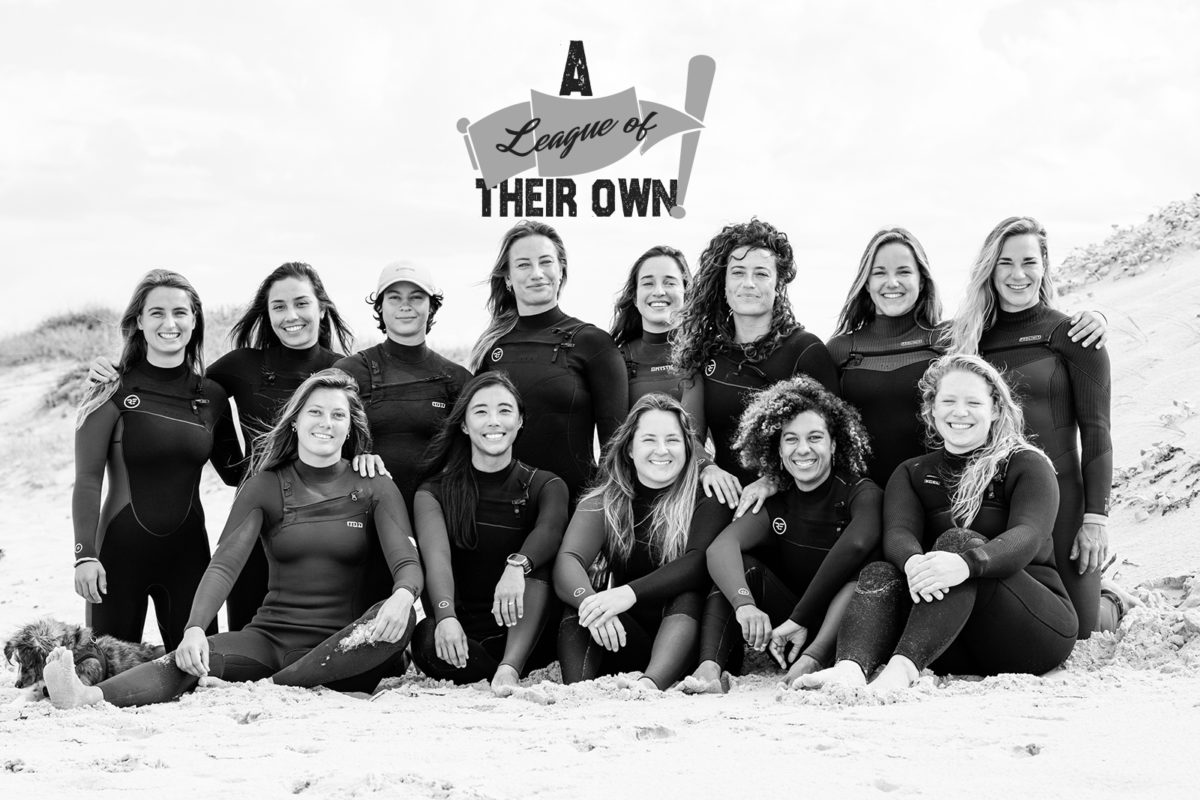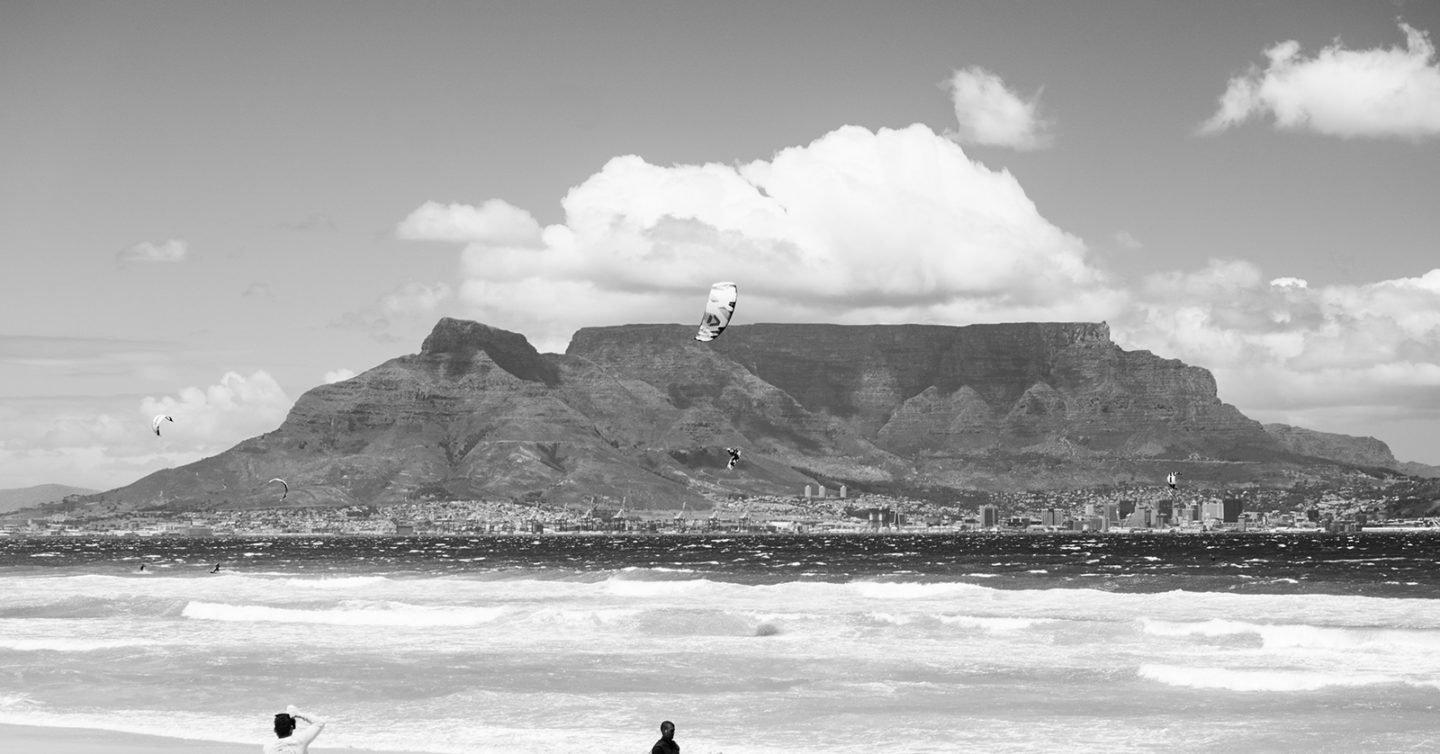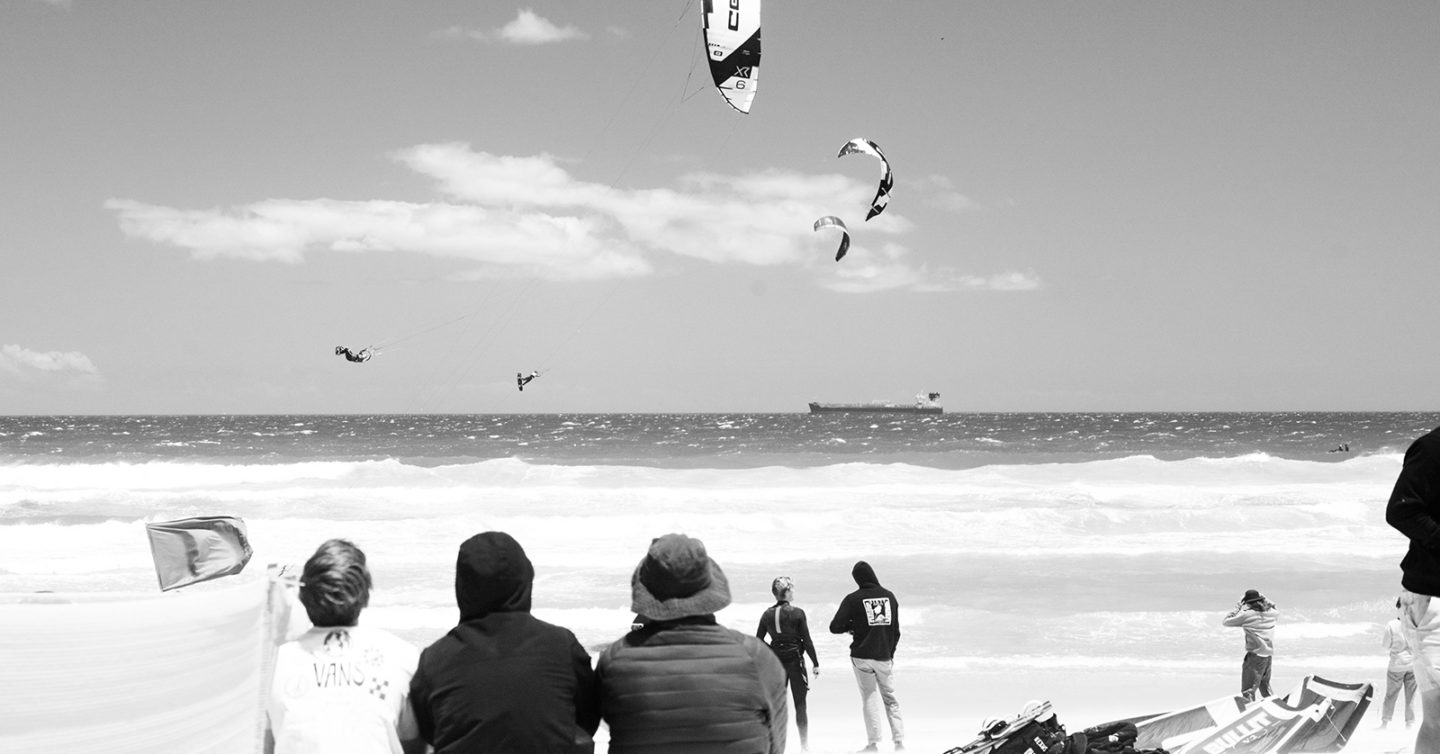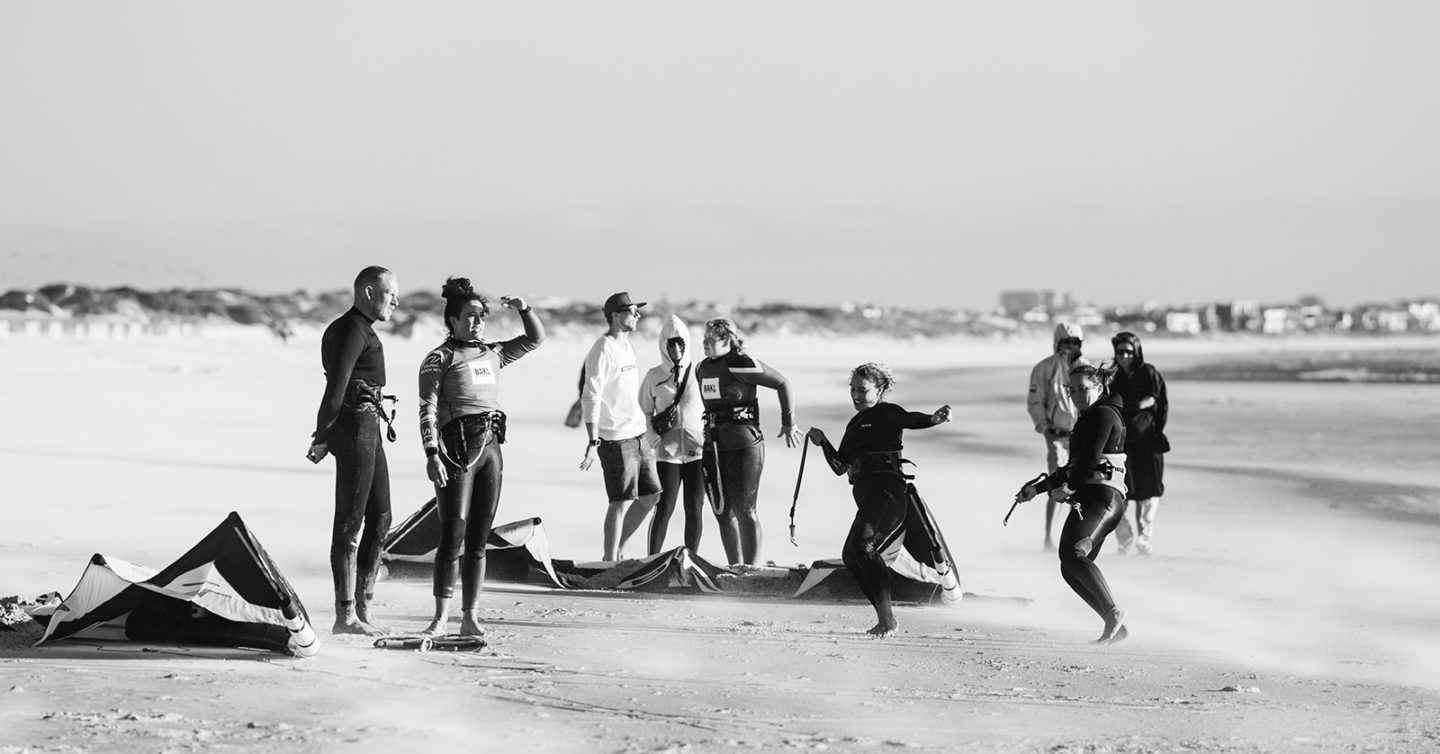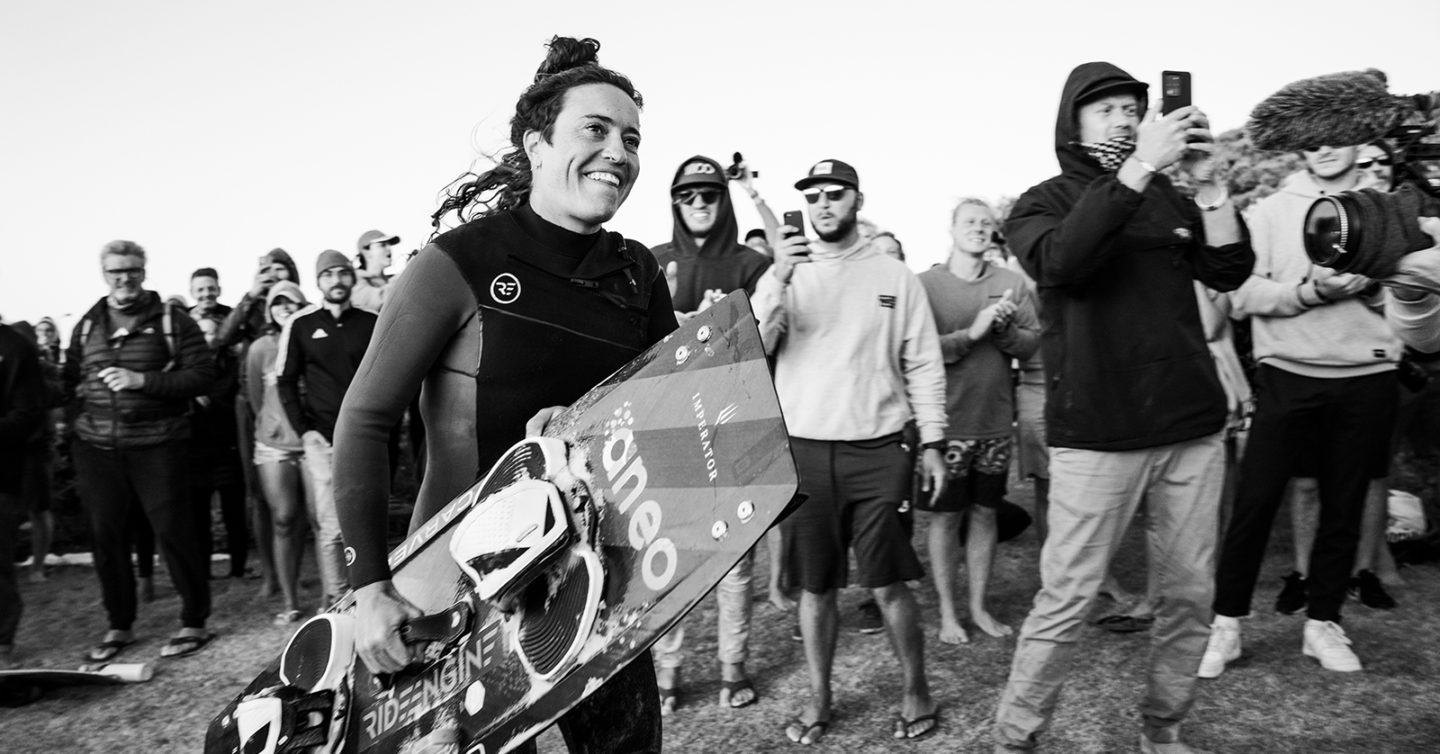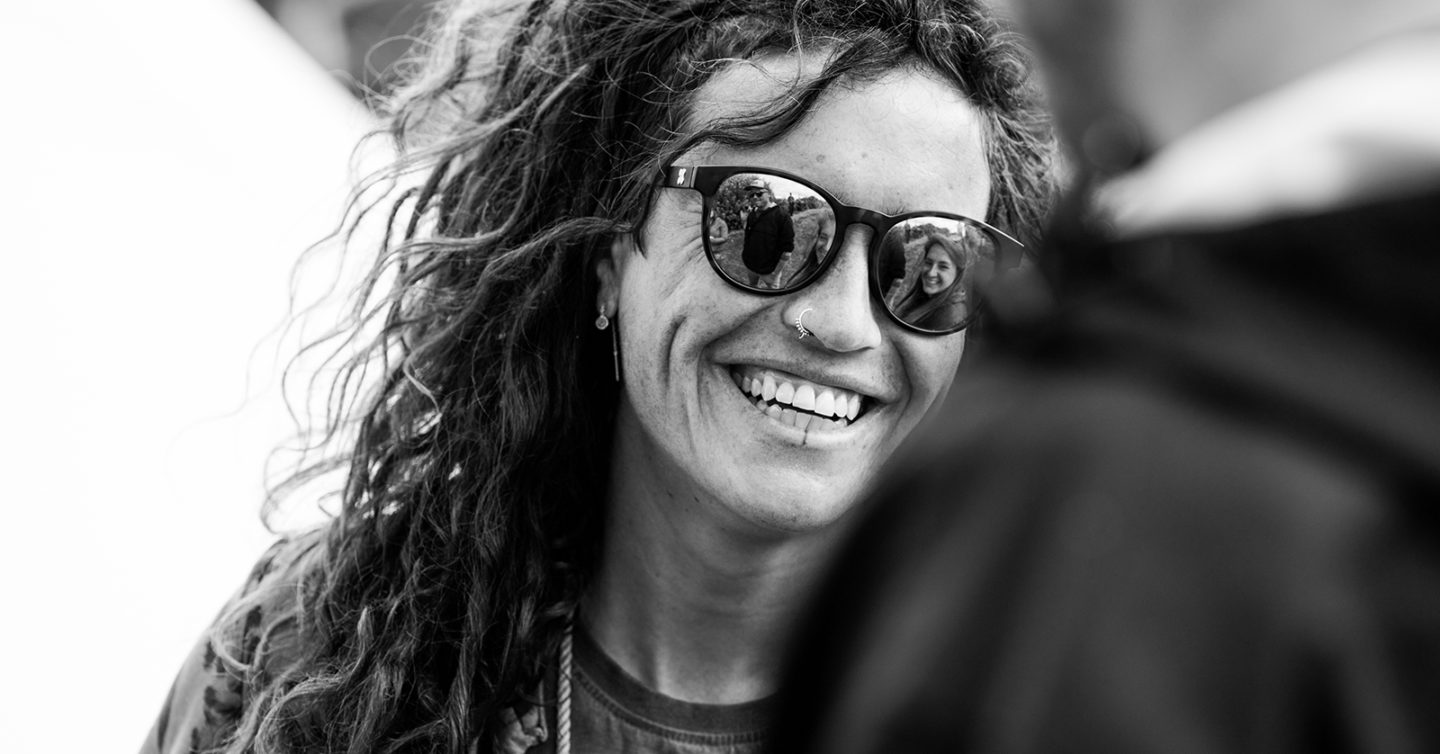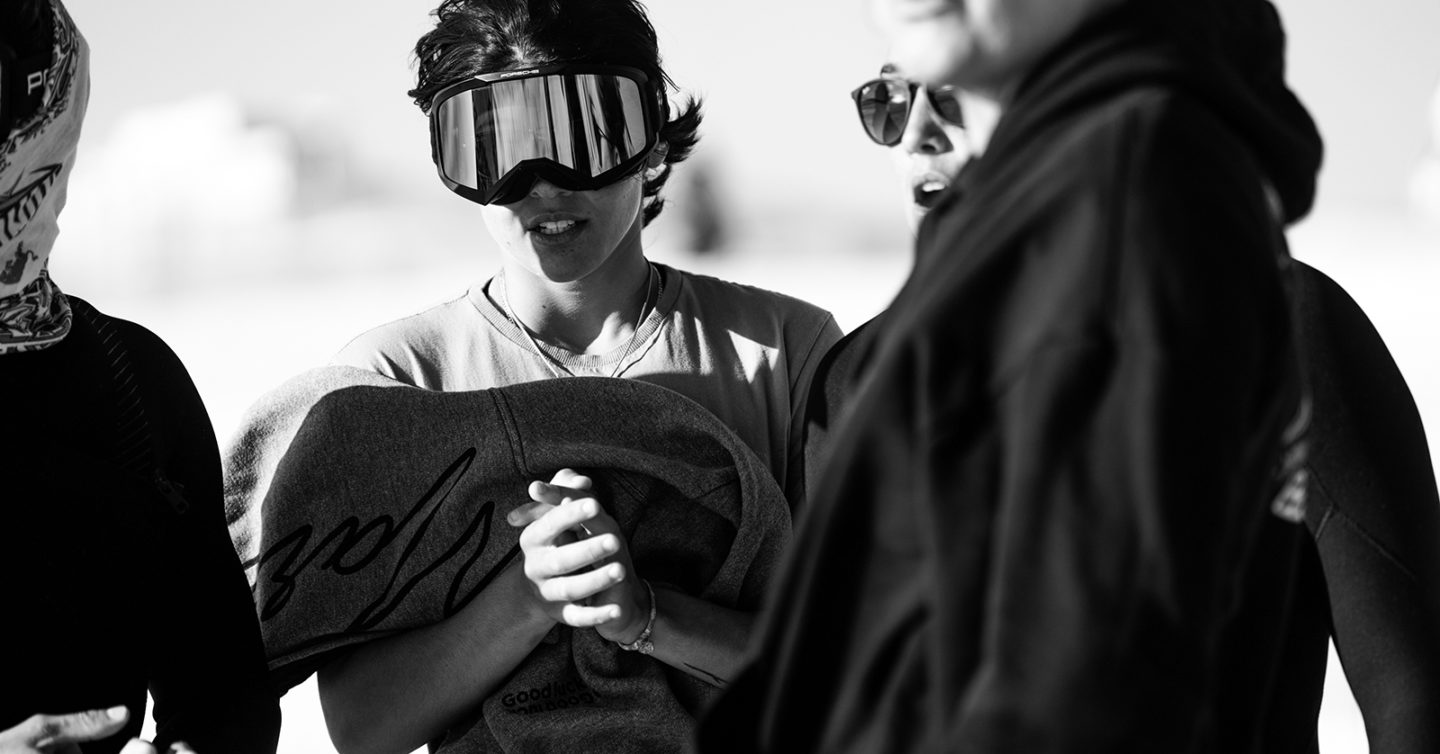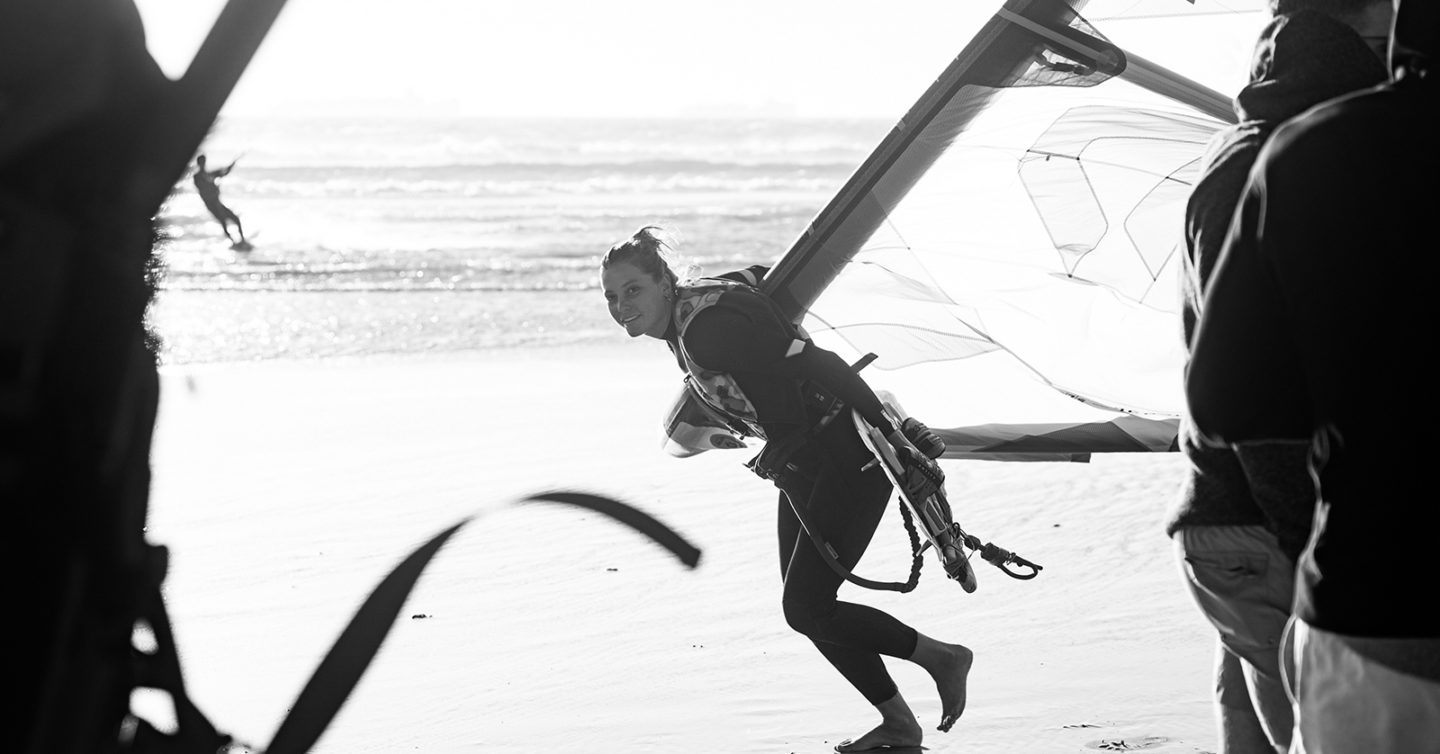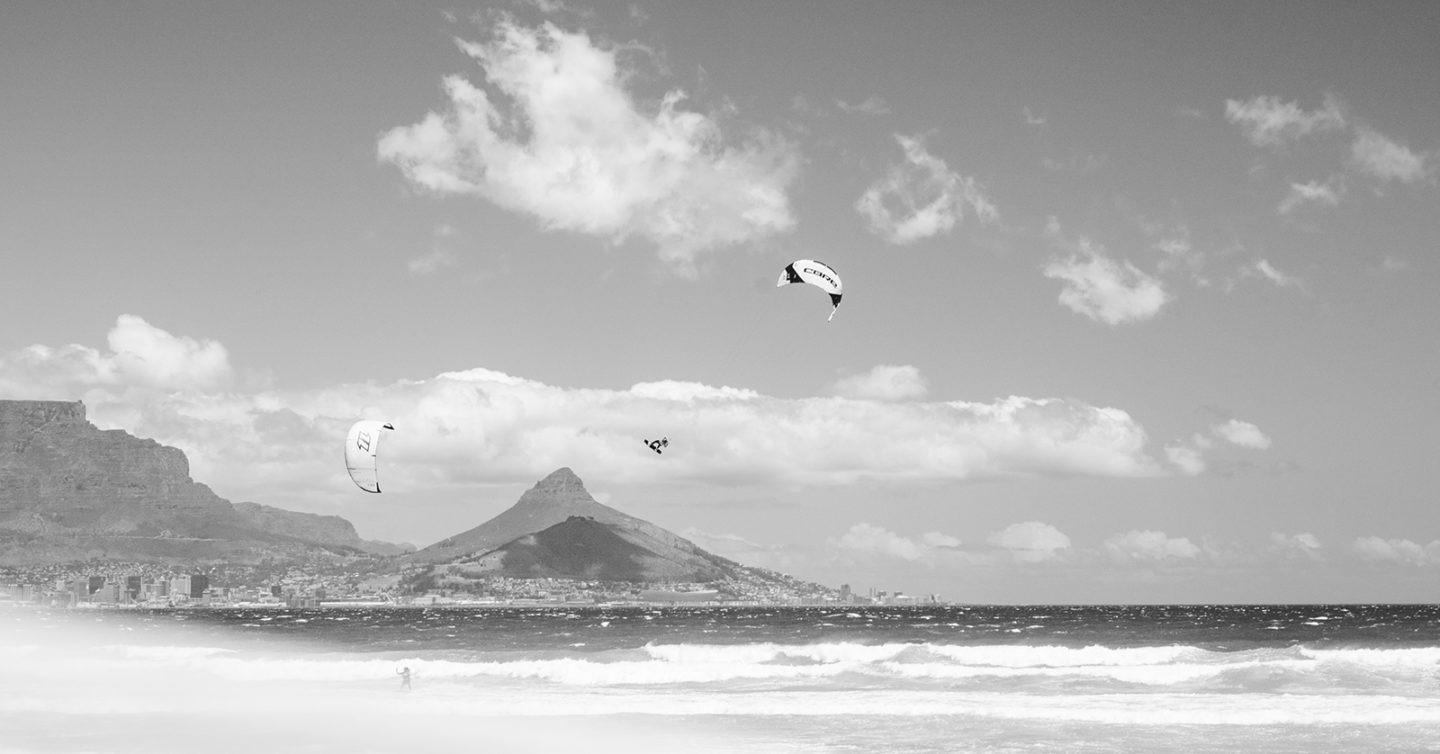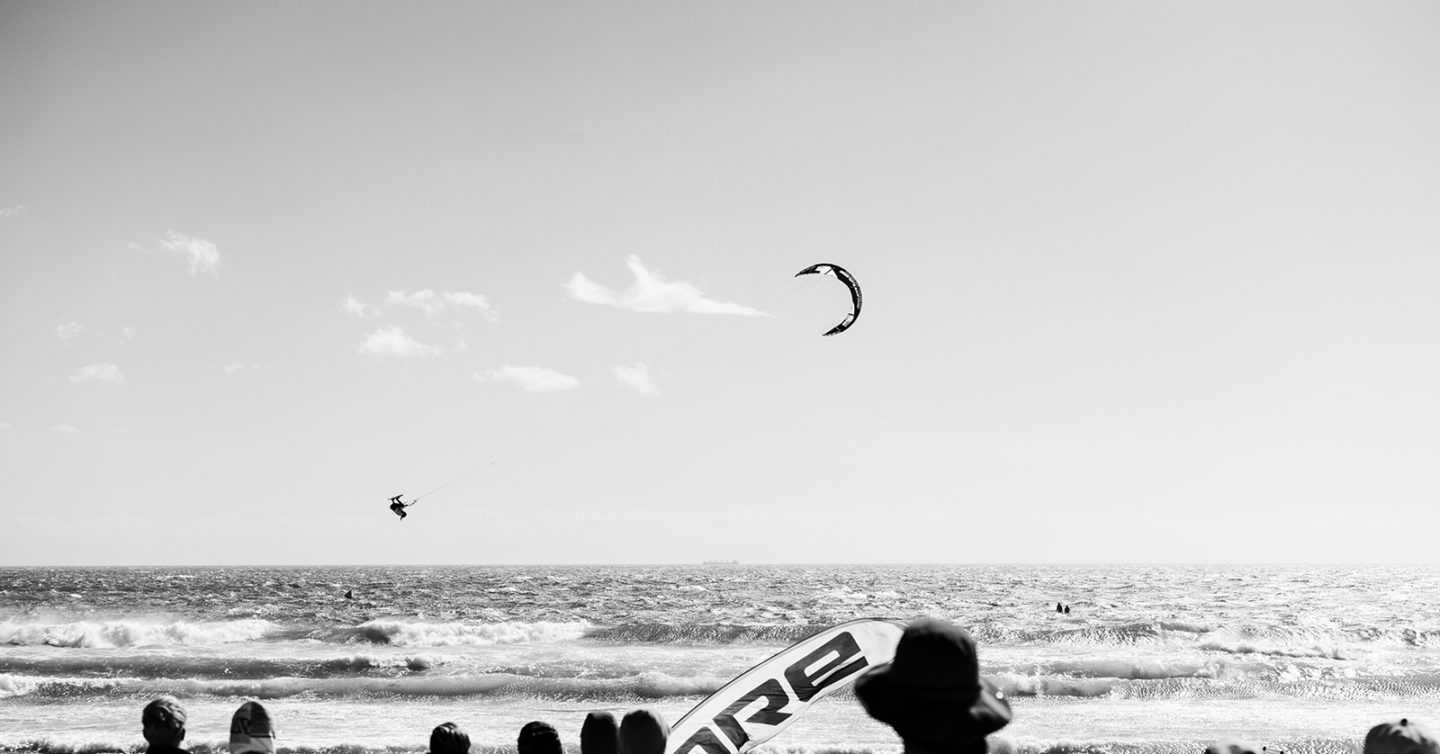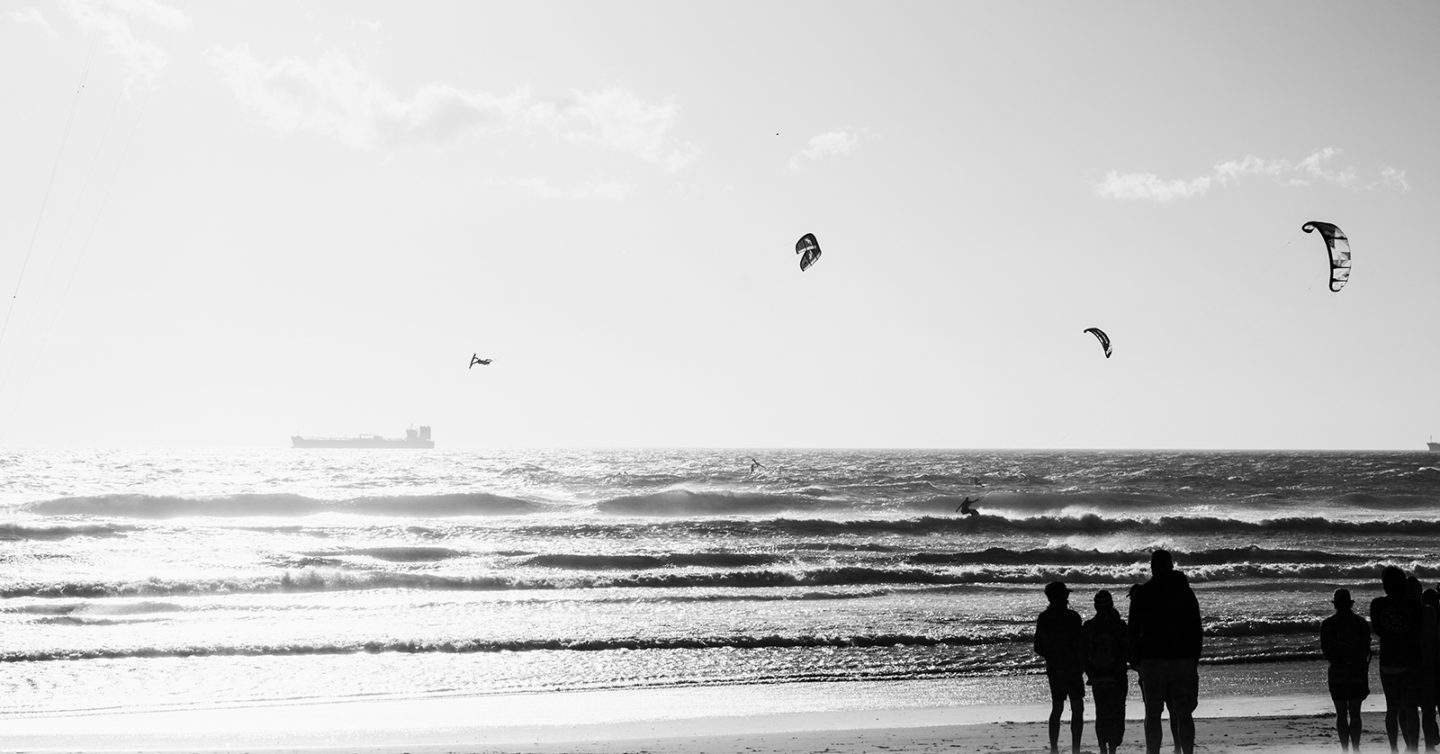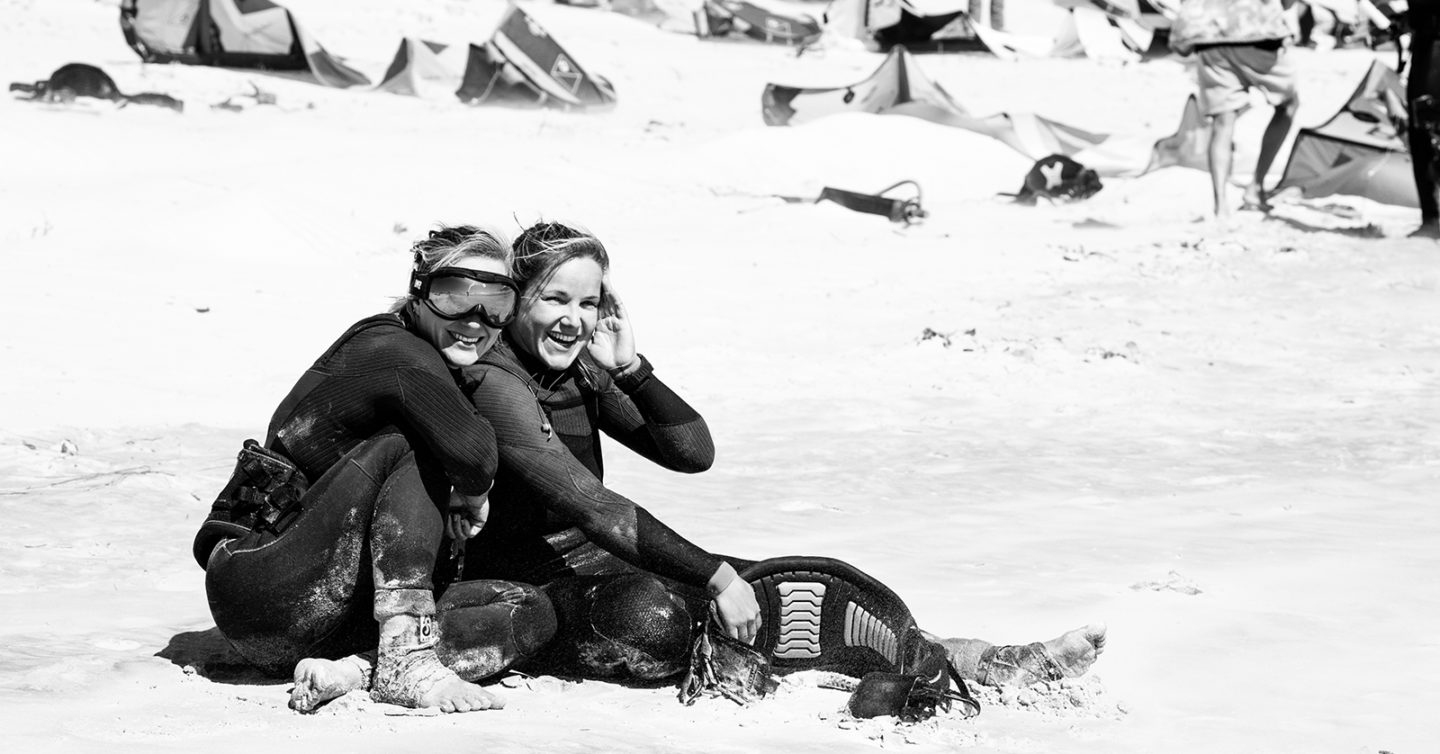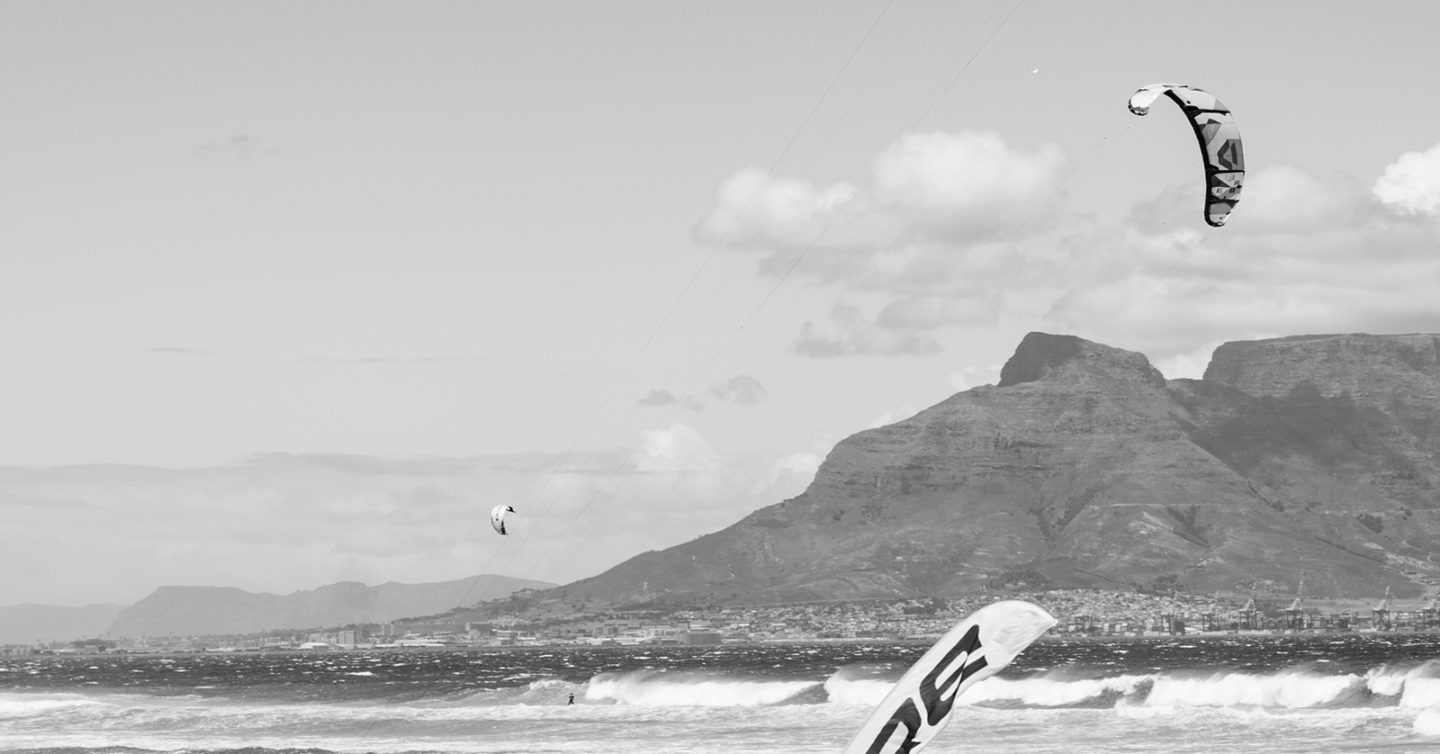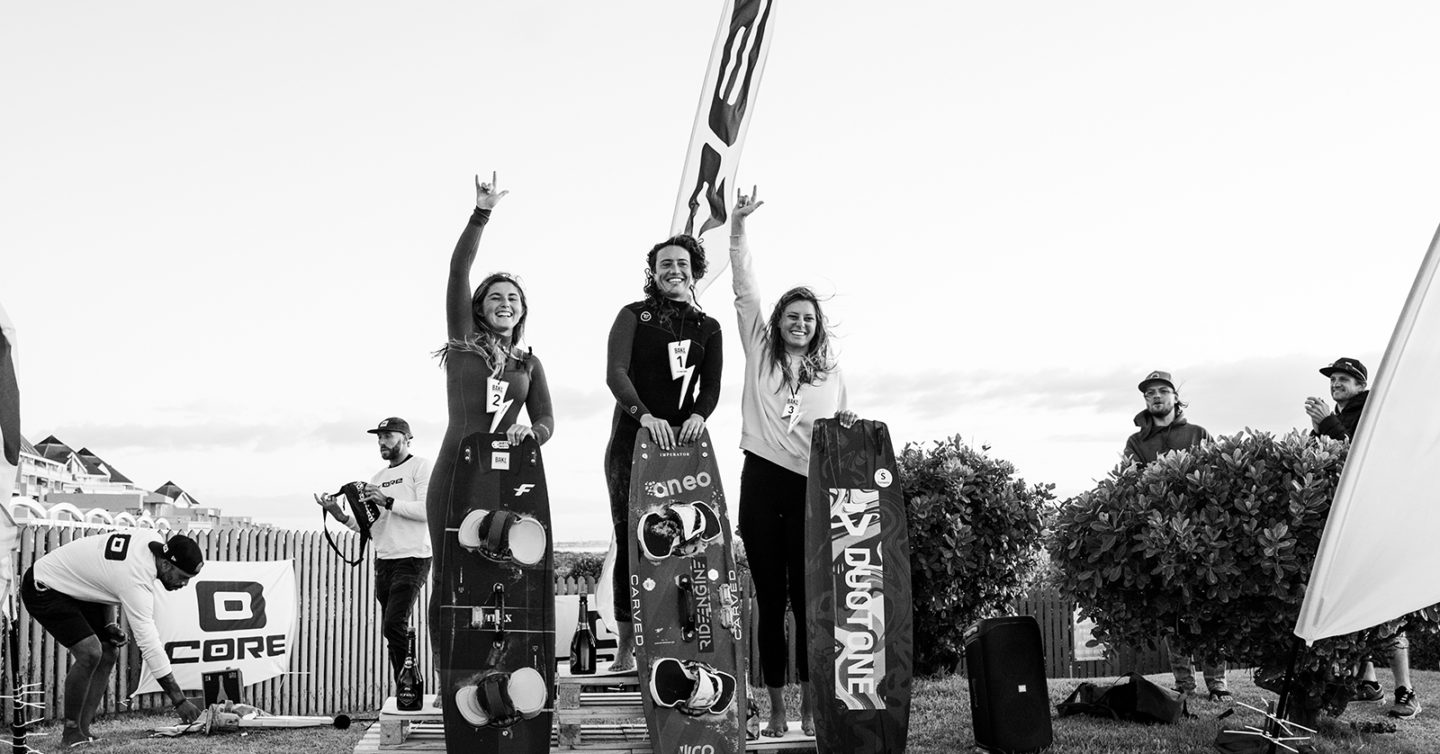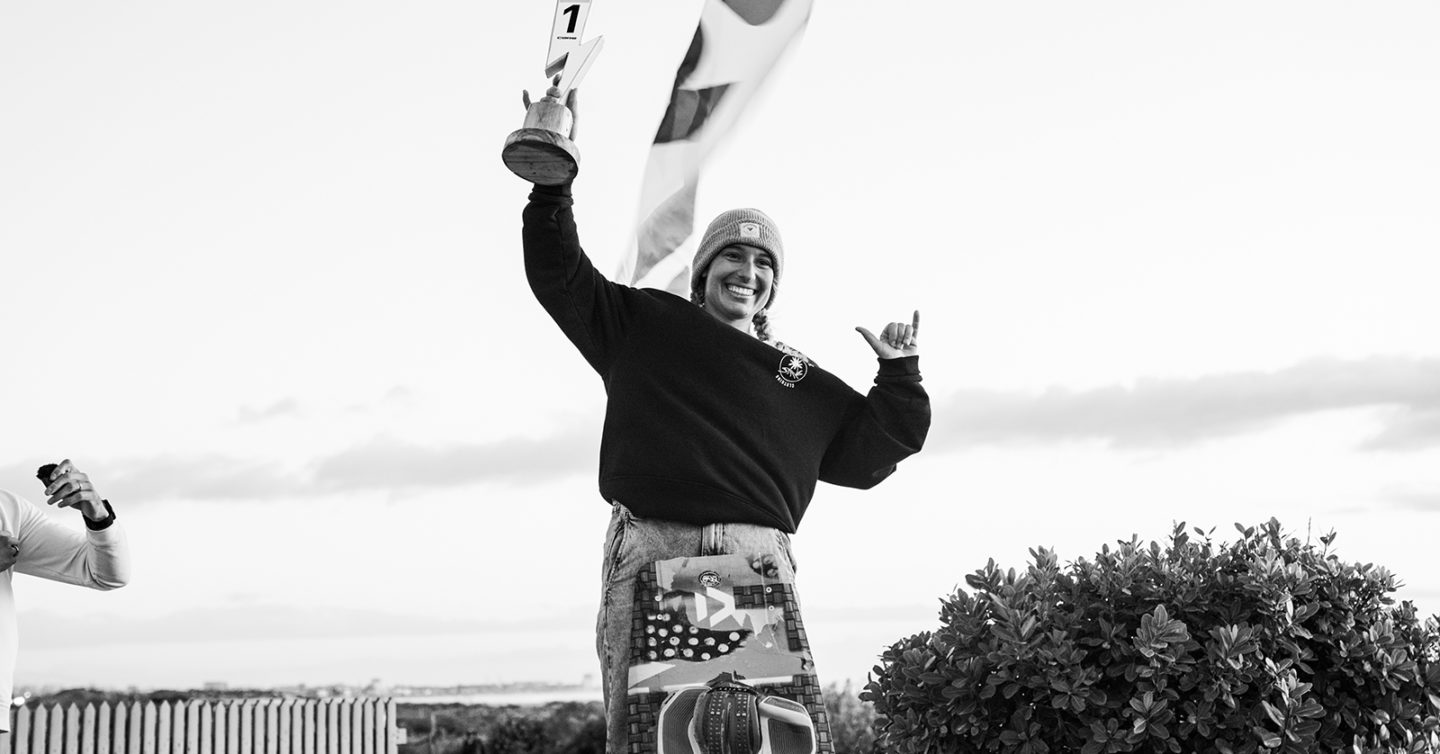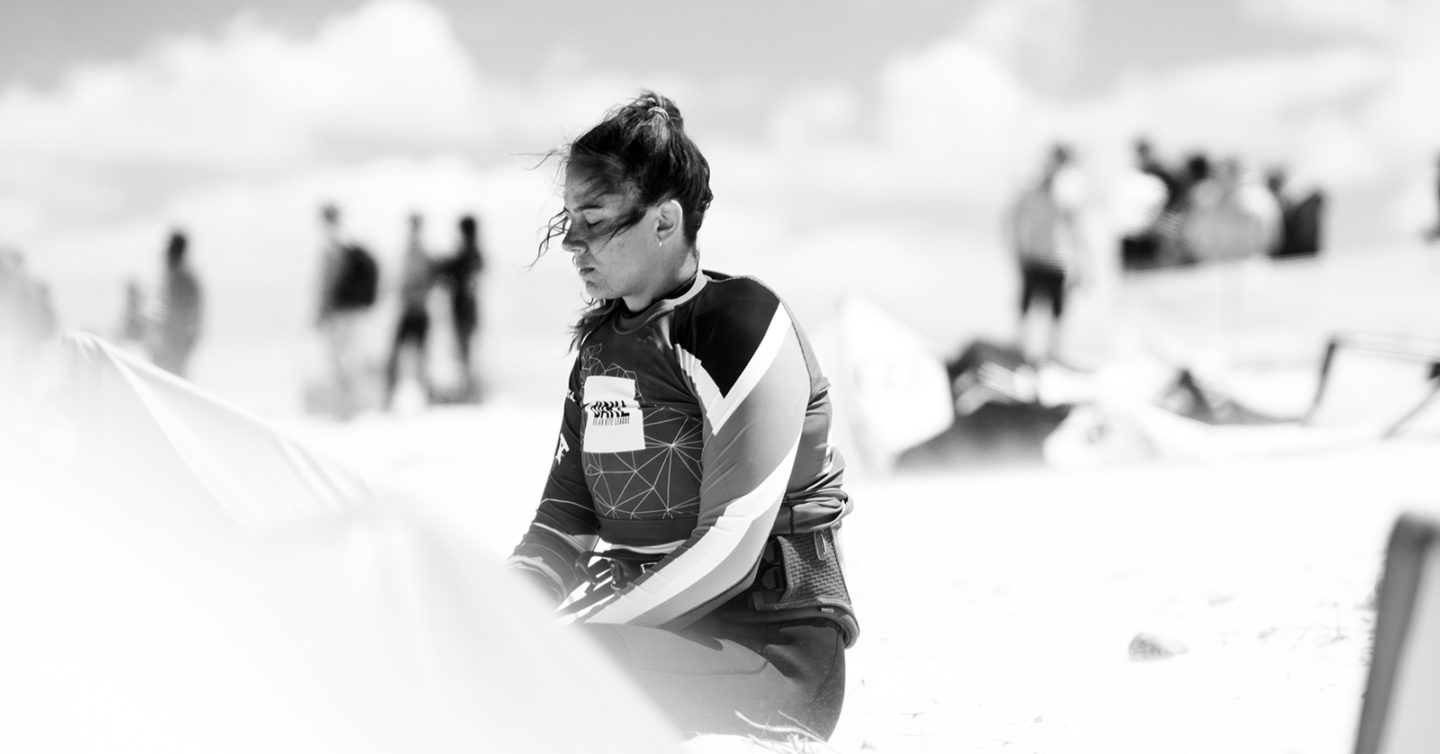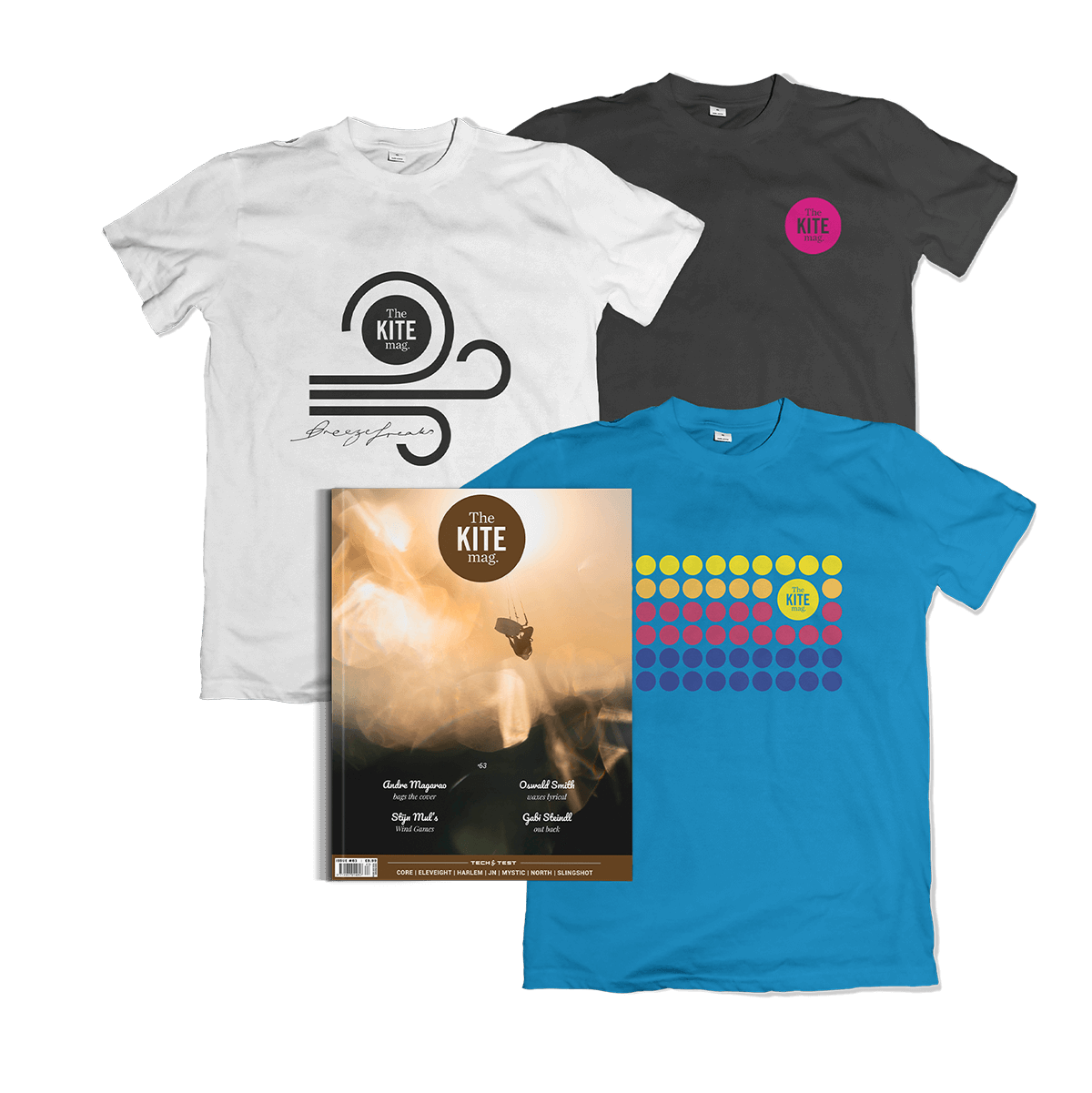Finally, BAKL opened up women’s only divisions again for Tatajuba and then subsequently at Lords of Tram in Gruissan, France. The latter competition saw aggressive multiple rotation kiteloops from several riders and even a dangle pass attempt from Pippa van Iersel. The deliberate decision to consistently make space for the women in BAKL events was the opportunity the women had been waiting for. They were here to show the world they are part of the main event. Since the end of 2021, women’s Big Air has exploded. In 2022 four BAKL competitions and the GKA Big Air World Championship all included women’s divisions. The caliber of entry videos skyrocketed and the events started keeping reserve rider lists for the first time ever. Several freestyle riders crossed over including legends such as Mikaili Sol, finally trading in boots for loops. “I just think it’s really important for women to have their own division,” says Francesca. “It brings more girls into the sport when they see a women’s division in each competition. More girls are gonna believe that they can also do it.”
But keeping up is getting harder. “I realized that if I don’t push myself now, I’m going to get left behind. That’s the biggest reason why I’ve been pushing so hard in the last few months, because I’ve seen a transition happen and it was going to be like, it’s either gonna be now or I’m not going to make it,” shares Jasmine Cho. One thing is clear about the women of Big Air: pushing themselves is intrinsic. “I’m constantly working on improving myself and putting myself in situations that create pressure. I know what I want and I am in love with the process. When I get too comfortable, it means I’m avoiding things that might scare me, so I have to start pushing more,” shares Zara. “When the adrenaline is racing through my body and I DO land that trick, it’s one of the best feelings in the world.”
Nowhere was this intrinsic drive more evident than Francesca attempting and landing the first double loop for women mid competition. “It was really exciting but also kind of scary. I had never tried one before and I had only just decided to do it that day. I was like, ‘okay, just better land it!’ Which I did. And I’m very happy. I did one in the semifinals and then I did another one in the finals,” says Francesca. “I didn’t want to practice it,” she adds. “I thought if I do it in a competition and I land it, everyone will be watching and if I don’t then I guess someone is there to rescue me.”
All these new tricks and pushing the ceiling come with harder crashes. Many Big Air women have taken to training like the professional athletes they are, supplementing their on-the-water time with off-the-water workouts. It is not uncommon now to see Instagram Stories of riders such as Zara, Angely, Pippa, and Michaela Pilkenton training in a gym to keep their bodies healthy and well, just like the boys. “The women who are at the top right now are putting in the time and effort required to be exceptional athletes. They’re training off the water, they’re eating well, and they’re traveling to places they need to train on the water,” says Michaela. “Having an all-around strong body is essential for staying injury free. I never skip leg day as knee and ankle health is debatably the most important for taking on hard landings. Core strength is important to be able to keep compact and take crashes; upper body comes into play for things like board offs. I had a 6.6 G-force crash straight onto my back at the competition in Cape Town and I was fine thanks to the work I have put in.”
Despite competing against each other and individual training schedules, a key hallmark that distinguishes these women is their ability to cheer each other on. “When I did my first double loop, everyone was super supportive and really happy for me. There is this feeling that when one of us does a new trick the rest of the girls see it as another step up for women’s Big Air and it makes us all better,” says Francesca. “I’ve met so many nice women over the past years and some have become very close friends,” adds Zara. “It’s amazing to see the level growing so fast. I love to train with my girls on the water and push each other. I hope we can continue to help and support each other in the sport and keep pushing each other to the next level.”
The representation of women at this level matters. When women can see themselves in this sport because the top pros look like them, they also feel like they can belong. “It gives you quite a lot of motivation to get better,” says Francesca. “Obviously you can see loads of guys doing Big Air, and they’re better than you, but once you see a girl doing something better than you you’re like ‘wow I think I can do that and I want to learn that.’”
While the women work hard at raising the bar, there is one area that is lagging behind: equal pay. Except for some of the women who have crossed over from freestyle, competitive Big Air female riders are not drawing the same salaries from their brands as their male counterparts. “We deserve the same amount as the men,” says Francesca. “We’re kiting in the same conditions and we’re taking the same risks. I don’t have a rider salary but I’m still putting in the same amount of training the boys put in and have the same amount of risk of injury.”
“I know a lot of the women in Big Air are not getting what they deserve. Not getting paid as a pro athlete becomes a limiting factor in the amount of time that women can spend training on and off the water. A lot of the women have jobs to pay for travel and competitions. If brands were more supportive it would allow women to push themselves in the same way that the men do,” shares Michaela.
Another place where there needs to be equality is women’s divisions at the top events. King of the Air, Cold Hawaii, and Megaloop Challenge no longer have an excuse for not making space for the women who are holding their own in extreme conditions. “I’m happy to be among the women that are pushing the boundaries and limits of this sport. I hope Red Bull opens a women’s division such as Queen of the Air but if they don’t maybe we will have to do our own and call it the Mega Boobs Challenge,” laughs Angely.
Equal pay or not, Queen of the Air or not, the women of Big Air are here to stay. They have worked together as a community and as individual athletes to push the ceiling higher and will prove once and for all that they deserve to be on the same stage.

